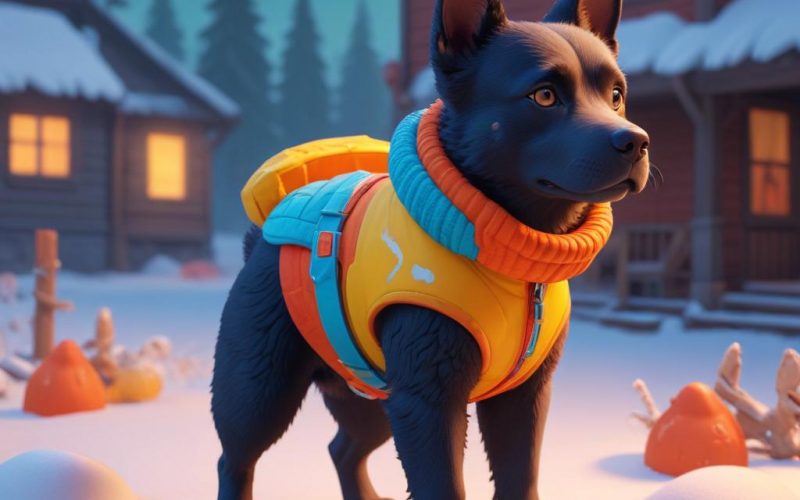As temperatures drop and winter approaches, it’s crucial to ensure the safety and well-being of our pets. Cold weather can pose significant risks to pets, especially those not accustomed to frigid conditions. Here are essential tips and guidelines to help keep your furry friends safe during the colder months.
every thing Cold Weather Pet Safety
Understanding the Risks
Cold weather can affect pets differently based on their breed, size, age, and overall health. Smaller breeds, short-haired pets, and older animals are particularly vulnerable to cold temperatures. Frostbite and hypothermia are the most severe threats. Frostbite occurs when the skin and other tissues freeze, while hypothermia happens when a pet’s body temperature drops dangerously low. Both conditions require immediate veterinary attention.
Tips for Keeping Pets Safe
1. Limit Outdoor Time:
– Keep outdoor activities short. Pets should not be left outside for extended periods, especially in extremely cold weather. Limit walks to shorter durations and monitor your pet for signs of discomfort or cold-related issues.
2. Provide Adequate Shelter:
– If pets live outdoors, ensure they have a well-insulated, dry shelter that shields them from wind, rain, and snow. The shelter should be raised off the ground and have a door to prevent drafts. Provide warm bedding like straw or blankets.
3. Dress for the Weather:
– For pets that tolerate clothing, use pet sweaters or jackets to provide extra warmth. Ensure that the clothing fits well and does not restrict movement or cause discomfort.
4. Protect Paws:
– Snow, ice, and salt can damage a pet’s paws. After walks, wipe their paws to remove any salt or chemicals and check for cracks or redness. Consider using pet booties for added protection.
5. Stay Hydrated:
– Ensure pets have access to fresh, unfrozen water. Hydration is essential, even in winter. Use heated water bowls if necessary to prevent water from freezing.
6. Avoid Overfeeding:
– While pets may need a bit more energy to stay warm, avoid overfeeding. Monitor their weight and adjust their diet as needed, ensuring they maintain a healthy weight.
7. Beware of Antifreeze:
– Antifreeze is highly toxic to pets and can be fatal if ingested. Keep antifreeze and other chemicals stored securely out of reach and clean up any spills immediately.
8. Indoor Comfort:
– Keep pets indoors as much as possible during extreme cold spells. Provide them with a warm, comfortable space to sleep away from drafts, such as a cozy pet bed.
9. Watch for Signs of Frostbite and Hypothermia:
– Symptoms of frostbite include pale, hard skin, swelling, and blisters. Hypothermia signs include shivering, lethargy, and difficulty breathing. If you suspect either condition, wrap your pet in warm blankets and seek veterinary care immediately.
10. Exercise Caution with Heat Sources:
– Pets may seek warmth from heat sources like space heaters or fireplaces. Ensure these are pet-safe and cannot be knocked over. Avoid using heating pads as they can cause burns.
Special Considerations for Different Pets
– Dogs:
Different breeds have varying tolerance levels for cold. For example, huskies may thrive in colder weather, while Chihuahuas may need extra protection. Adjust your approach based on your dog’s specific needs.
– Cats:
Cats are often drawn to warm spots and may seek refuge in dangerous places like car engines. Before starting your car, bang on the hood to scare away any hidden cats.
– Small Animals and Birds:
These pets are particularly vulnerable to temperature changes. Keep their habitats indoors and away from drafts. Provide extra bedding to help them stay warm.
Conclusion about Cold Weather Pet Safety
Winter weather requires extra precautions to ensure the safety and comfort of your pets. By providing appropriate shelter, protection, and care, you can help your furry friends enjoy a safe and cozy winter season. Always be vigilant and responsive to your pet’s needs, and consult your veterinarian for specific advice tailored to your pet’s health and circumstances.





